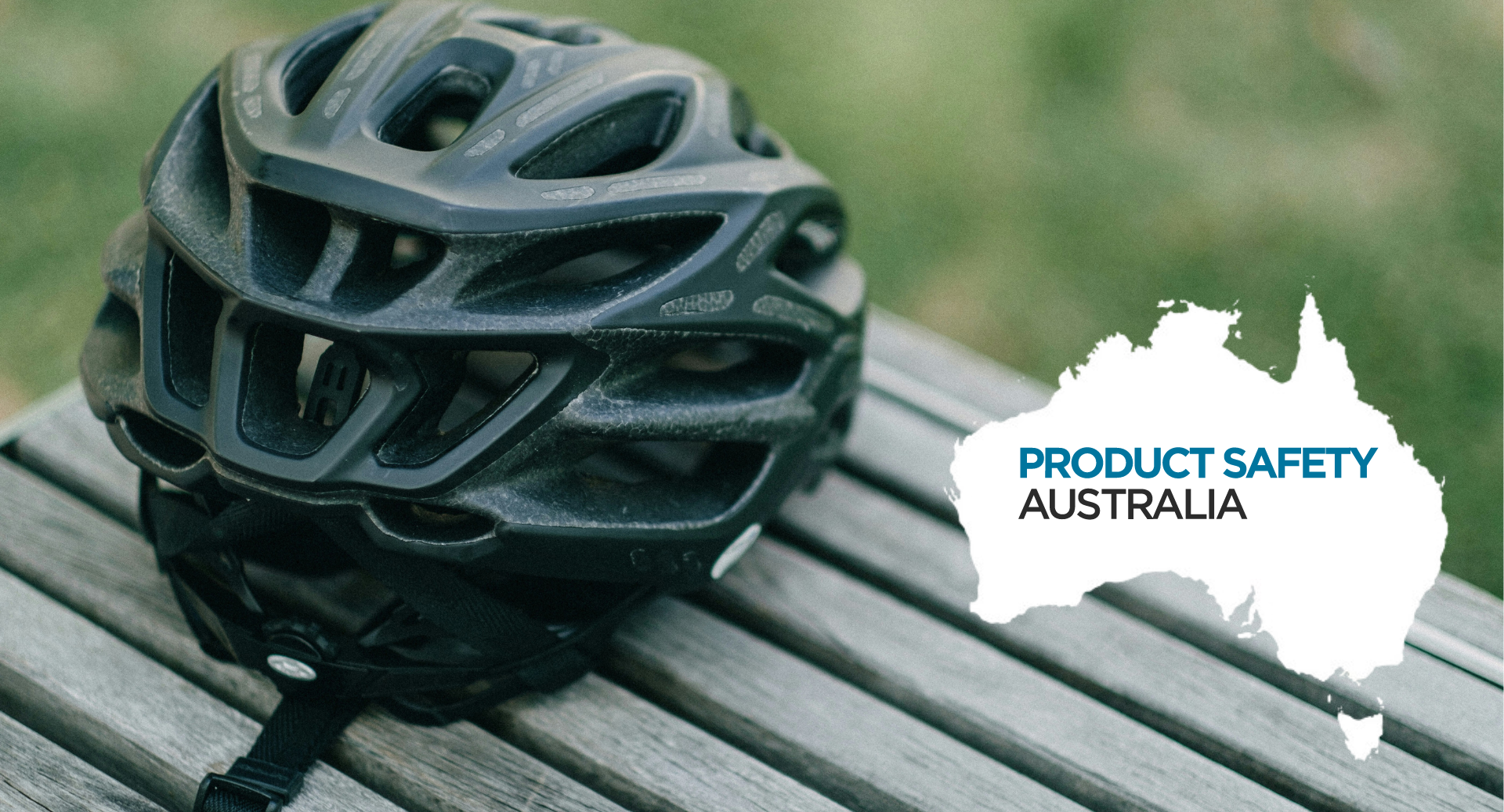When you think of dangerous elements, your mind doesn’t immediately jump to the metals known as transition metals. However, these are actually some of the most well-known dangerous elements, thanks to their hazardous nature and tendency to be found in almost all everyday products. Cadmium is one such metal and one that you should be aware of at all times. It is a soft, highly reactive, ductile and stable element that is found in the earth’s crust in small amounts. It is also an extremely poisonous substance that can have detrimental effects on human health if it is consumed or inhaled. This article explains everything you need to know about cadmium so you can identify it and avoid coming into contact with it as much as possible.
What is Cadmium?
Cadmium is a soft, malleable (easily shaped), ductile (flows easily) and stable (doesn’t react with other elements easily or spontaneously) chemical element that is found in the earth’s crust in small amounts. Because of this, it is incredibly widespread, being found in the air, water and soil. Cadmium is usually combined with other elements, most notably zinc and is commonly used in batteries, computers, car parts and various other industrial products. It is also found in cigarettes, with about 1% of all cigarettes containing cadmium. Cadmium has a shiny silver colour and is a very soft metal that can be cut with a knife. It also has a low melting point, around 344°C, which can be easily reached by a candle’s flame. Cadmium is a really toxic metal that can cause significant health problems in humans if it is consumed or inhaled.
How Does Cadmium Harm the Body?
The human health hazards associated with cadmium are mainly associated with its toxicity and its potential to cause cancer. Cadmium is a known carcinogen (substance that causes cancer) that can also cause kidney failure, respiratory problems and other health issues. The main way in which it can cause harm is by being inhaled or ingested, meaning that if it is breathed in or ingested, it can cause significant damage to the body. This can especially be the case in younger children who might not realise that there is a harmful substance in their toys or food. Cadmium is also known to accumulate in the body over time, meaning that even a minimal exposure can cause significant damage to the body. Cadmium can cause harm to other organs as well, such as the liver and kidneys. It can also lead to significant issues with fertility and fetal development. Check out more about the Cadmium tests here.
Cadmium in Everyday Products
The main way in which cadmium can affect you is if it is ingested, which can happen if you consume contaminated food or water. This can be a particular issue for smokers, with most of the cadmium in cigarette smoke coming from the tobacco leaves themselves, which contain around 50% cadmium. Cadmium can also be found on a wide range of everyday products, including:
– Paint and coatings: Cadmium is often used in paints and coatings because it can significantly reduce the cost of the product. It’s mainly found in paints meant for indoor use.
– Batteries: Cadmium is extensively used in batteries in the form of a by-product of zinc extraction, which is added to enhance the performance of batteries.
– Textiles: Cadmium is sometimes used to dye certain types of fabrics.
– Pigments: Cadmium pigments are an orange-red color that is used in various products.
– Ceramics: Cadmium is sometimes used in ceramics such as tableware and roof tiles.
3 Simple Steps to Detect Cadmium
If you suspect that there is cadmium in your home, there are a few simple steps you can take to check for it. – Check for the smell – Cadmium has a very distinct smell that is described as “sulfurous” and “metallic”. If you smell something that smells like this, check if it is cadmium. – Check the colour – Cadmium has a bright, shiny silver colour. If you see this colour in your home, try to figure out where it is coming from and clean it up as soon as possible. You can do this by wearing rubber gloves and washing your hands thoroughly with soap and water once you’re done. – Check for the presence of sparks – If you have a material that contains cadmium, such as a table lamp, and you see sparks coming from it, it is likely due to the presence of cadmium. Sparks from such items are potential fire hazards, so you should try to clean them up as soon as possible.
The Dangers of Cadmium Exposure
Cadmium is known to be one of the most toxic elements on the planet and can cause significant health problems if it is ingested or inhaled. Because it is a carcinogen, it can also cause cancer in humans. Cadmium is also known to cause kidney failures, respiratory problems and neurological issues. Cadmium has been shown to be particularly dangerous to children, meaning that it is important to make sure that they don’t come into contact with it in any way. Cadmium is known to accumulate in the body due to the fact that it is not easily excreted from the system. This means that even a minimal exposure can cause significant damage to the body.
Key Takeaway
The main takeaway from this article is that cadmium is a highly toxic and dangerous substance that can cause significant damage to your body if you come into contact with it. It is important to take steps to avoid coming into contact with it as much as possible, particularly if you have young children in the home. If you do suspect that there is cadmium in your home, you can identify it by checking the smell, colour or if you see sparks coming from certain items.
 ISO/IEC 17025 Accredited Independent Testing Laboratory
ISO/IEC 17025 Accredited Independent Testing Laboratory








